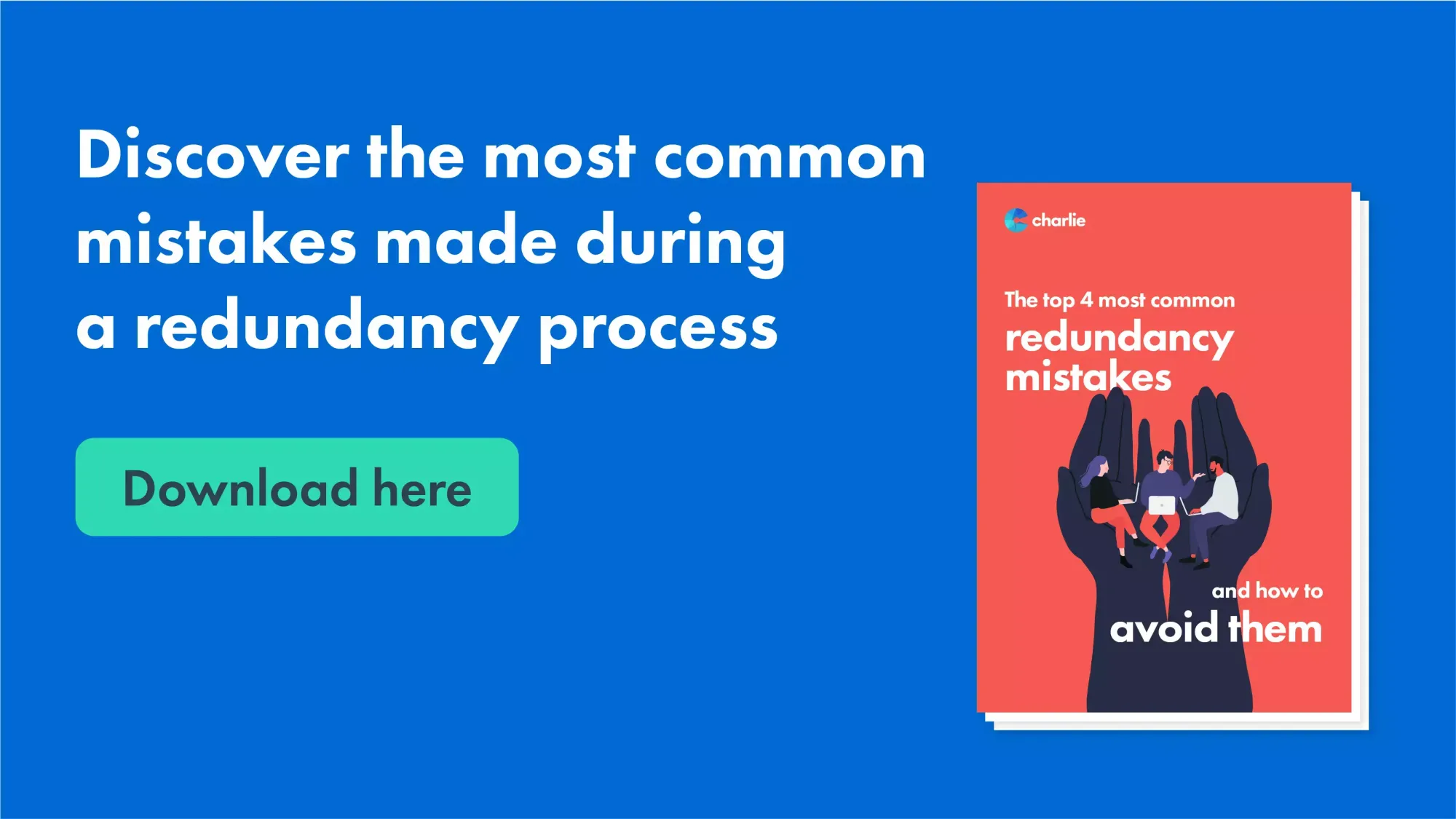If a Company Goes Bust Who Pays Redundancy? Legal Insights for UK Employees
If a Company Goes Bust Who Pays Redundancy? Legal Insights for UK Employees
Blog Article
Checking Out the Operational Dynamics of Business Redundancy and Its Long-Term Sustainability

Redundancy Techniques for Company Continuity
In order to ensure uninterrupted operations, companies need to apply reliable redundancy approaches for service continuity. Redundancy in this context describes the duplication of vital parts or features within a system to alleviate the influence of prospective failings. By incorporating redundancy strategies, companies can improve their resilience versus disturbances brought on by various elements such as all-natural disasters, tools failures, or cyber-attacks.
One typical redundancy method is the application of back-up systems and data storage solutions. This involves producing matches of crucial data and systems that can be triggered in instance of a main system failing. Additionally, organizations can establish redundant interaction channels and power resources to keep connection and procedures during unexpected occasions.
Furthermore, cross-training staff members to carry out several roles within the firm can work as a valuable redundancy technique. If key personnel are inaccessible due to disease or other reasons, this makes certain that essential tasks can still be lugged out also. Overall, effective redundancy strategies are necessary for services to promote functional continuity and reduce the effect of potential interruptions.
Impact of Redundancy on Organizational Strength
Provided the important role redundancy techniques play in guaranteeing organization connection, discovering the influence of redundancy on organizational durability comes to be imperative for recognizing the alternative functional characteristics of a firm. Organizational resilience refers to an entity's capacity to adapt to disturbances, recoup from troubles, and transform when essential while maintaining core functions. Redundancy, when purposefully executed, can dramatically add to enhancing an organization's strength despite unanticipated obstacles. By having back-up systems, employees, or processes in place, firms can better withstand shocks and continue procedures with very little disruption.
Furthermore, redundancy can cultivate technology and creativity within a company as employees really feel equipped to take calculated risks, knowing that there is a security net to sustain them in instance of failing. Overall, the impact of redundancy on business resilience is profound, forming the lasting sustainability and success of a firm.
Balancing Effectiveness and Adaptability in Redundancy
Achieving an unified balance in between operational effectiveness and flexible adaptability is a critical difficulty in the critical release of redundancy within organizations. As well much flexibility without a solid operational foundation can result in ineffectiveness and variance.
To stabilize efficiency and flexibility in redundancy planning, organizations should very carefully analyze their functional demands, market characteristics, and calculated objectives. Click Here Carrying out lean techniques can improve effectiveness by getting rid of and improving processes waste, while fostering a culture of flexibility and continual renovation can increase versatility. Furthermore, buying cross-training programs and durable interaction channels can assist grow a functional labor force capable of dealing with diverse jobs throughout durations of transition. Inevitably, locating her latest blog the appropriate balance between performance and adaptability is vital for developing a sustainable and durable organization in the face of uncertainty.
Long-Term Sustainability With Redundancy Planning
To guarantee enduring viability and security, companies need to purposefully straighten their redundancy planning with long-term sustainability objectives, thereby integrating functional effectiveness with adaptive flexibility. Companies ought to see redundancy not as a responsive remedy to instant issues however as a positive strategy for lasting success.

Proactive Procedures for Sustainable Business Operations
Exactly how can companies proactively enhance their functional sustainability for lasting success? Executing positive steps is vital for business intending to make certain lasting operations.
In addition, promoting a culture of continual improvement and discovering within the organization can enhance adaptability to transforming market conditions and consumer demands. Motivating staff member participation in decision-making procedures and offering opportunities see for expert advancement can increase morale, performance, and overall performance. Establishing clear objectives, keeping an eye on key efficiency signs, and frequently examining progress are important elements of proactive sustainability monitoring.
Teaming up with distributors, customers, and various other stakeholders to promote sustainable techniques throughout the supply chain can produce a causal sequence of positive influence - redundancy pay if company goes bust. By taking positive actions in the direction of functional sustainability, companies can construct resilience, drive advancement, and secure their lasting success in an ever-evolving business landscape
Verdict

In the realm of business administration, the critical implementation of firm redundancy stands as an essential yet elaborate method that demands a delicate equilibrium in between functional efficiency and long-lasting viability. By studying the functional dynamics that underpin firm redundancy and assessing its broader implications for business strength and versatility, a nuanced understanding of just how redundancy approaches can shape the future trajectory of a firm begins to unfold.Provided the critical function redundancy approaches play in making certain organization continuity, checking out the influence of redundancy on business durability comes to be necessary for understanding the holistic functional dynamics of a business. Generally, the influence of redundancy on business strength is extensive, shaping the long-term sustainability and success of a firm.
In conclusion, comprehending the operational dynamics of company redundancy is critical for making certain lasting sustainability.
Report this page